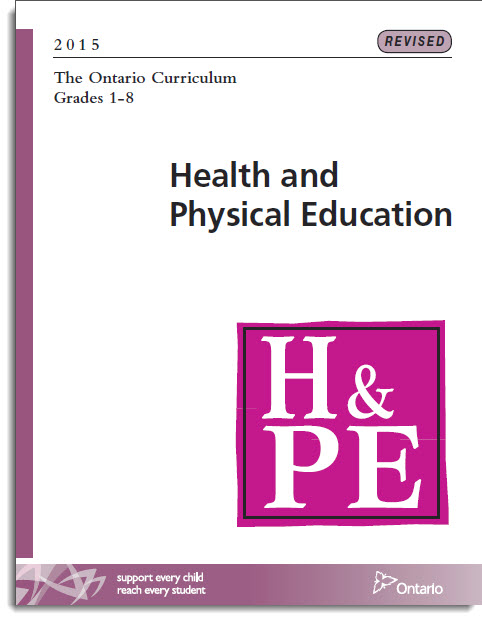Tablets in the Classroom:
Merging Inquiry Based Learning and Technology
A lot of teachers today (or traditional teachers) may be afraid of technology in the classroom for a number of reasons. Maybe they think that it will distract their students and take away from the traditional learning process. Or others may be afraid that they don't know how to deal with and use the ever-changing technology that gets introduced to our world almost daily!
Whatever it may be, all of those fears can be overcome if teachers can see and understand the benefits that merging inquiry based learning and technology can have. Upon reading Harwood, Bajovic, Woloshyn, Di Cesare, Lane, and Scott's (2015) paper on tablets in an early childhood education classroom I was inspired to learn about how inquiry based learning and technology can mesh well together.
Considering children today are growing up in a fully technologically literate society, it makes sense that what they learn in the school system also be conducive to the technological literate society they are a part of. It is most certainly true that educators may be afraid of technology, but we need to embrace that fact that our students are not and we could, in fact, learn a great deal if we become open to what our students have to teach us.
According to Harwood et al. (2015) inquiry based learning centres around the premise of "active exploration, experimenting, experiencing, problem solving, and multiple representations of understanding knowledge" (p. 54). With that being said, being a teacher candidate who is comfortable with technology, I would consider tablets as a great tool to allow students to actively explore and experience the world in which they live. For example, there may be some topics within the classroom that we can't have readily available at our fingertips. However, with a tablet in our hands, the possible of active exploration are endless.
Another aspect of inquiry based pedagogy is the idea that we are promoting an education that is "balanced around children's emerging interests, play, queries, and natural curiosities" (p. 54). Considering the previously mentioned point about children being surrounded in a world filled with technology, it is without doubt that these children will be curious and interested in the technology that they find themselves surrounded in. Therefore, why would we, as educators, prohibit our students from exploring these opportunities because we are afraid of them. We need to take the professional development/growth steps to learn about new technologies and stay current with the information and tools that are meaningful to our students so as to provide them with a full education.
However, just because our students are growing up in this technologically literate society, doesn't mean that we can just add tablets and technology into our classroom without understandings its positive and negative impacts. As mentioned, we need to educate ourselves on the technology we are implementing into our classrooms as well as ensure we are keeping an eye on what our students are getting into. Lessons on internet safety are good things to incorporate, no matter what age. Blagojevic, Brumer, Chevalier, O'Clair, and Thomes (2012) article on learning and exploring using tablets is an excellent resource to use when deciding whether tablets are the right fit for your classroom, as well as the steps to take after introducing them. They suggest how to choose the right tool for your class, as well as suggestions given for proper app selection once the tool is introduced, and managing the use of it in your classroom.
For teachers considering the idea of using technology in the classroom, the references I have provided are great starting points to show you how beneficial technology can be in the classroom as well as how to begin the implementation process. Good luck and don't be afraid! Technology has a lot to offer both you and your students!
References
Blagojevic, B., Brumer, H., Chevalier, S., O'Clair, A., & Thomes, K. (2012). Learning and exploring tablets. Learn and Grow, 6(1), 18-21.
Harwood, D., Bajovic, M., Woloshyn, V., Di Cesare, D. M., Lane, L., & Scott, K. (2015). Intersecting spaces in early childhood education: Inquiry-based pedagogy and tablets. The International Journal of Holistic Early Learning and Development, 1, 53-67.














